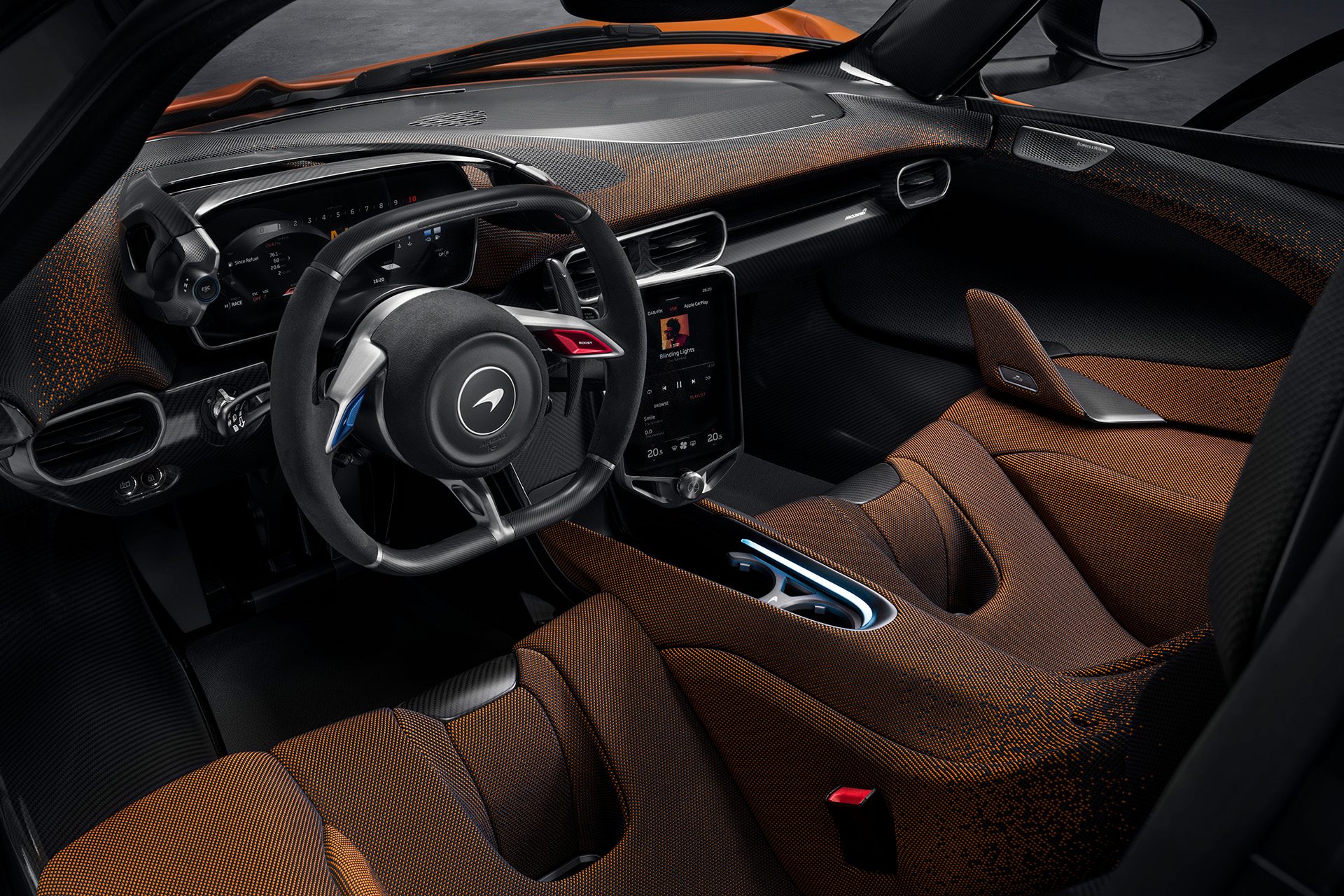A fortnight ago McLaren hinted it was about to release something special. Turns out it is the successor to the McLaren P1 and features F1 technology. Dubbed W1 it has aero tricks and a new 938kW/1341Nm rear-wheel drive V8 hybrid powertrain.
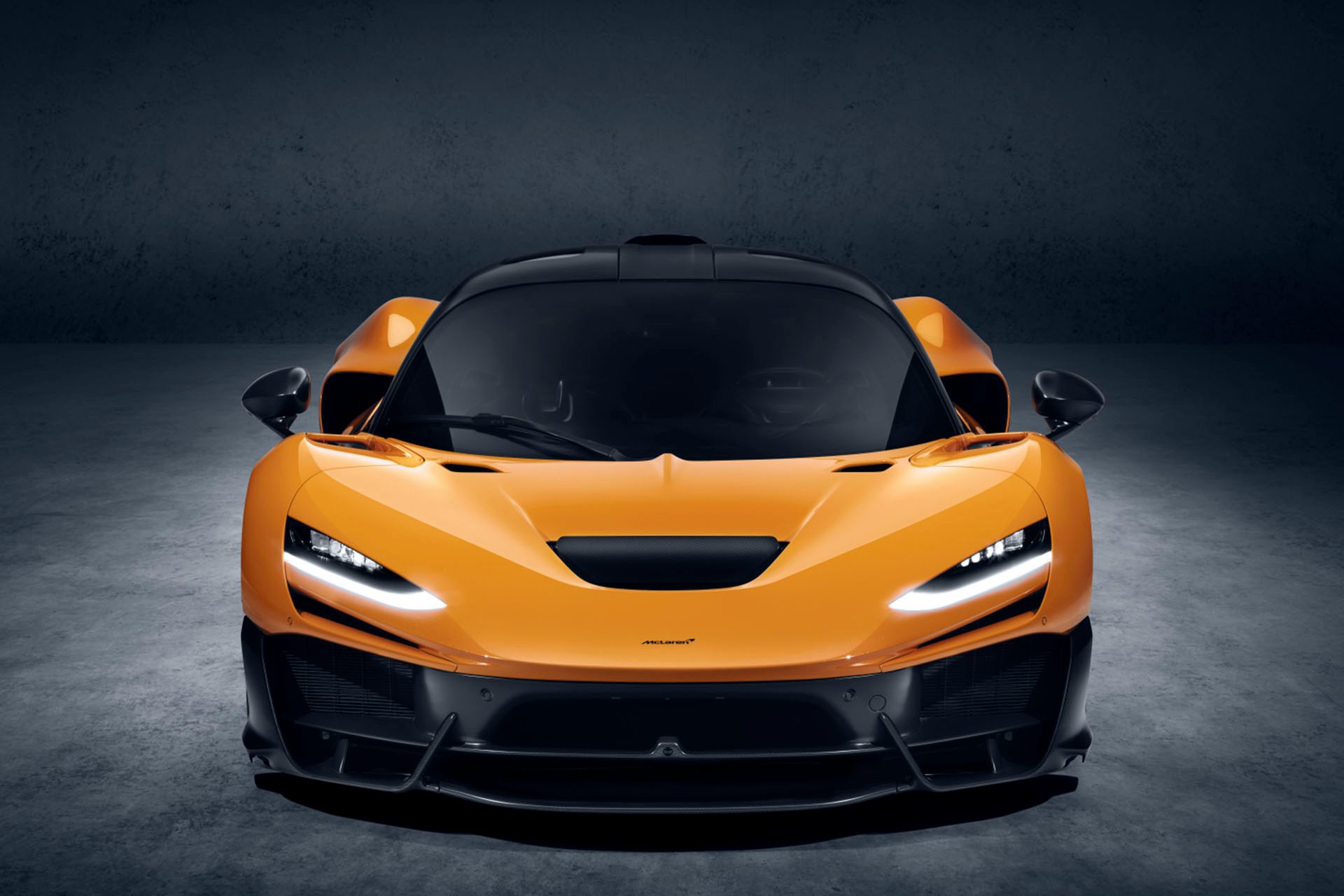
This circa $NZ4.25m hypercar, part of McLaren’s 1st tier line-up, follows in the footsteps of not only the P1 but also the trendsetting F1. However, the W1 offers more of everything. It laps circuits quicker than the Senna, goes harder than the Speedtail, and dry weight is a claimed 1399kg thanks to lightweighting of literally every component.
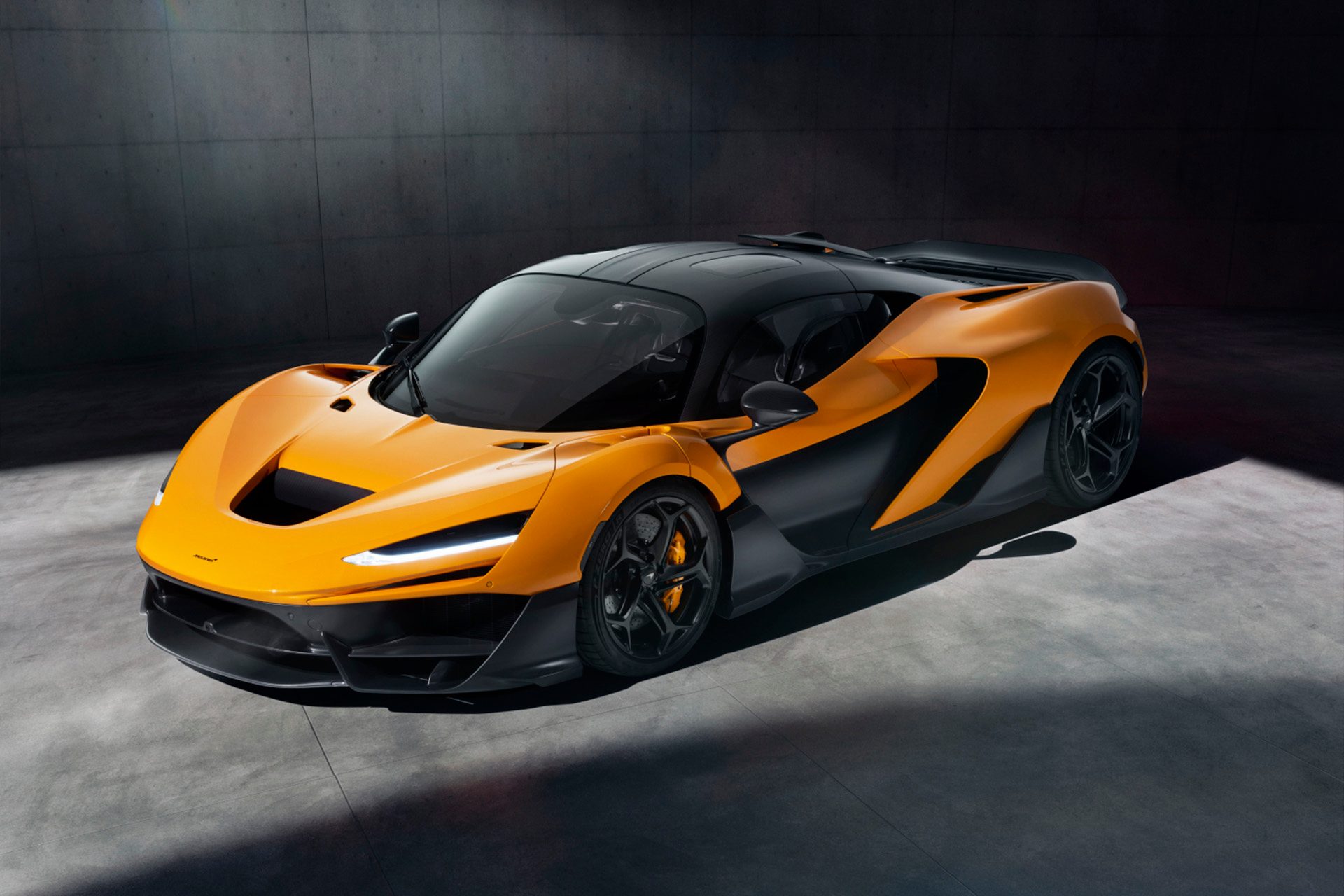
It won’t be without rivals however as Ferrari is evidently readying a LaFerrari successor. But McLaren probably won’t care because all 399 they are making in 2026 are already spoken for.
Powering the W1 is a twin-turbocharged 4.0-litre flat-plane-crank V8 engine supplied by Ricardo. The engine is new and designed specifically to work with hybrid systems. It outputs 682kW/900Nm on its own. This pairs with an e-module consisting of a motor control unit and a 255kW/400Nm radial flux electric motor. The high-tech motor draws power from a 1.4kWh battery. The motor also functions as a reverse gear for the eight-speed double-clutch transmission. EV range is limited to just 2.6km.
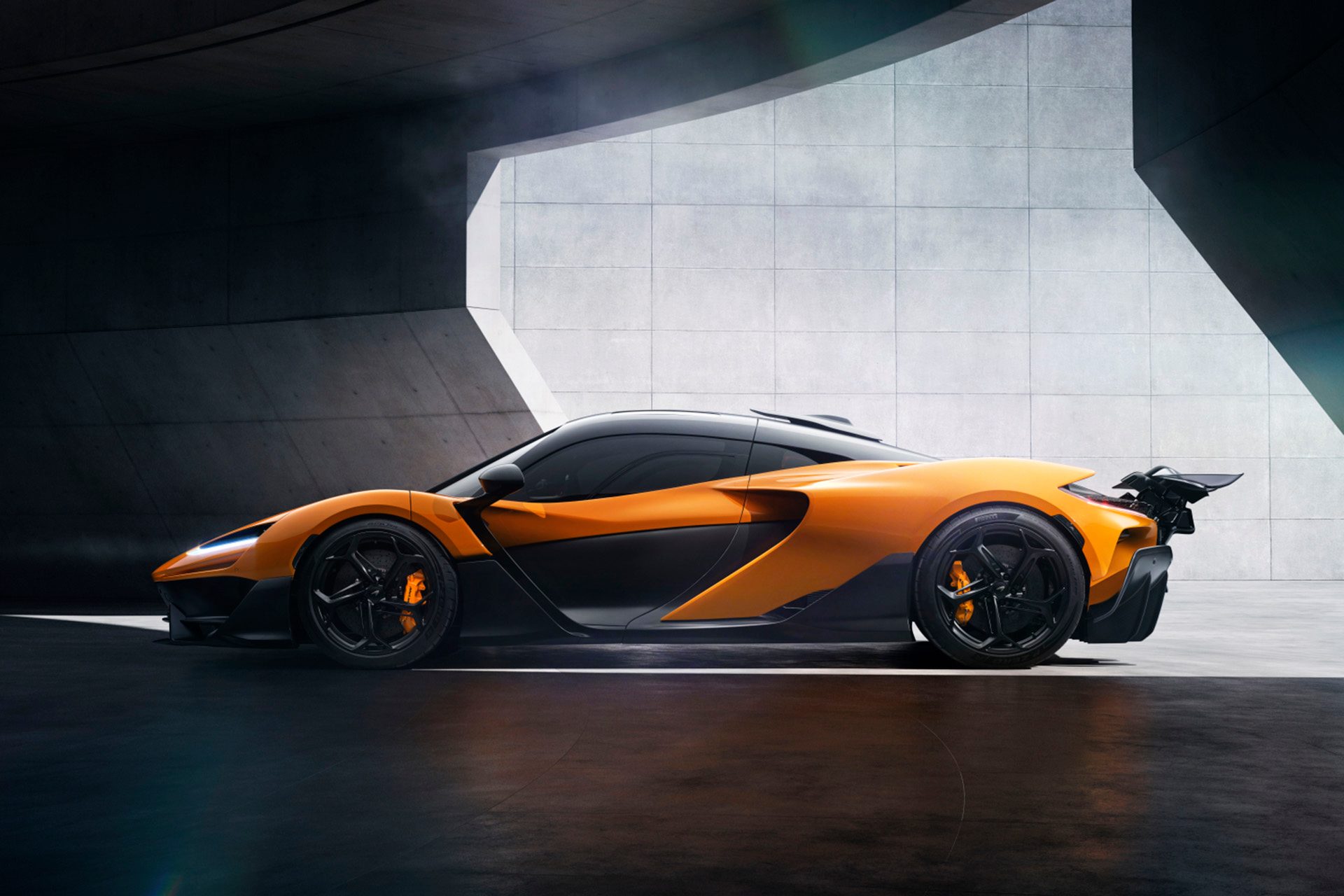
McLaren reckons the hybrid components weigh 40 per cent less than those in the P1 but produce 40 per cent more power. Peak system torque of 1341Nm is considerably up on the P1’s 901Nm figure. And that’s reflected in performance claims, the W1 evidently hitting 100km/h from standstill in 2.7sec (P1 2.8), and 200km/h in 5.8sec (P1 6.8sec). Top speed is limited to 347km/h. McLaren describes the exhaust note as building to a “crescendo” as the engine heads to its 9200rpm redline. That would also make it one of the highest revving turbocharged engines to date.
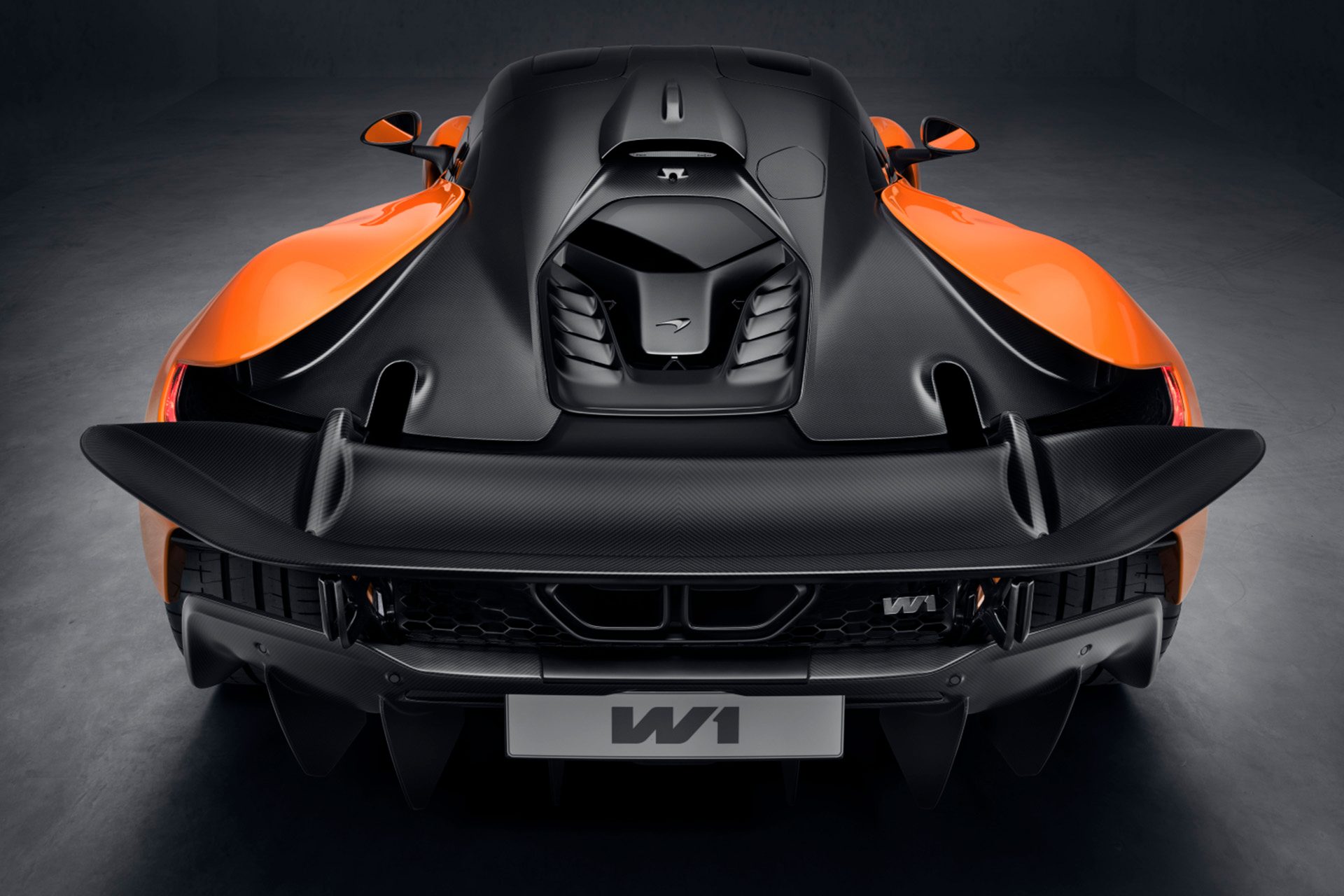
There are several drive mode options, Sprint giving maximum e-power boost for a lap. GP mode allows for longer track runs.
Boost gives instant full power, like using a push-to-pass system. This also activates a drag reduction system (DRS) on the rear wing to increase straight-line speed.
It’s of note that McLaren said four-wheel drive was not deemed necessary for the W1. This is because of the grip and load afforded by the aerodynamic package and suspension.
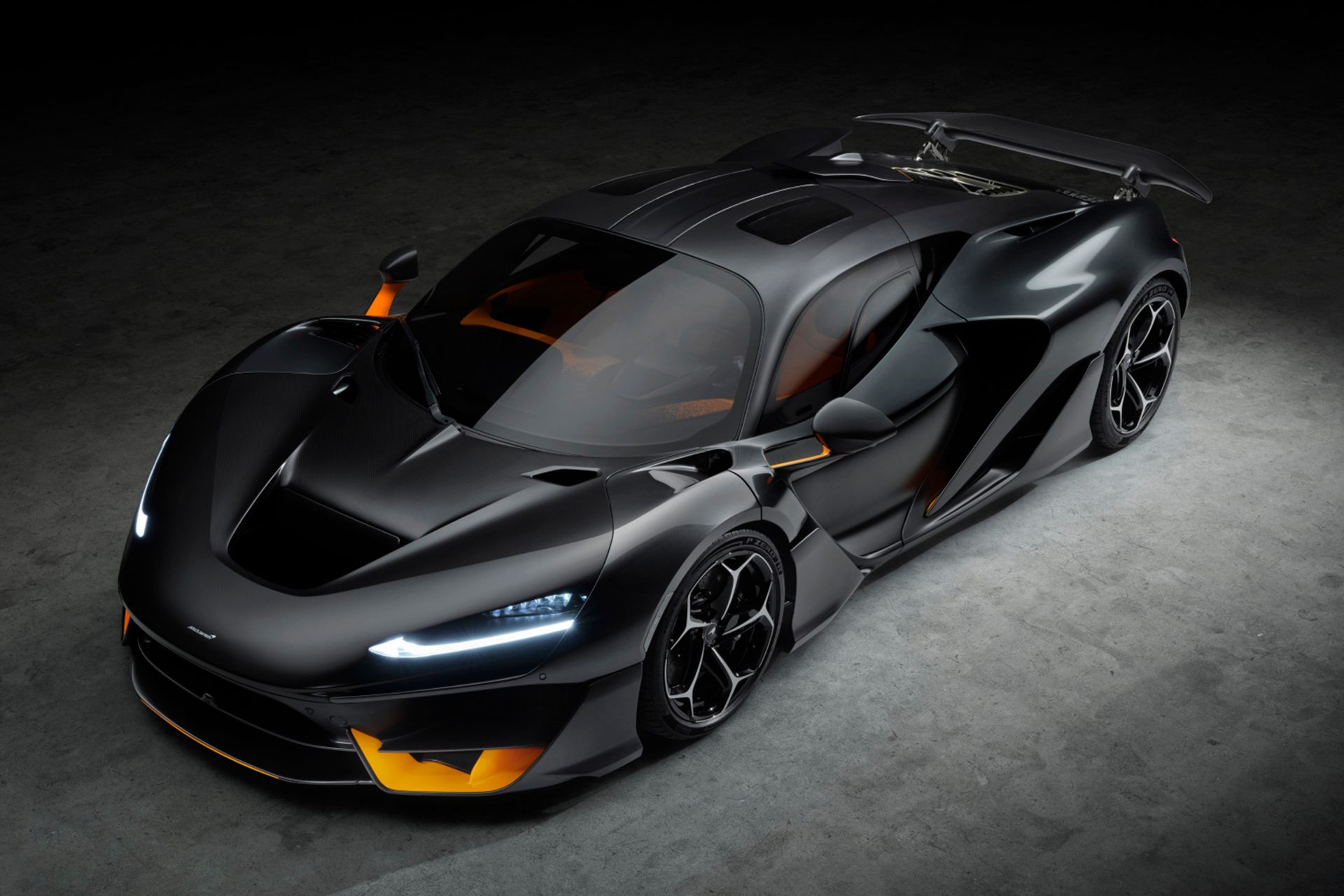
However, managing all that output through the rear wheels required F1 trickery, along with an e-diff.
This is a road car with ground-effect aerodynamics thanks to special underbody design. There’s an active front wing and an active Long Tail rear wing that extends 30cm behind the car to work in with the underfloor and rear diffuser. They create added downforce without increasing drag but are only available on track using Race mode. McLaren reckons the front wing adds 350kg of downforce and the rear 650kg. Evidently the W1 laps the Nardo circuit 3sec quicker than a Senna.
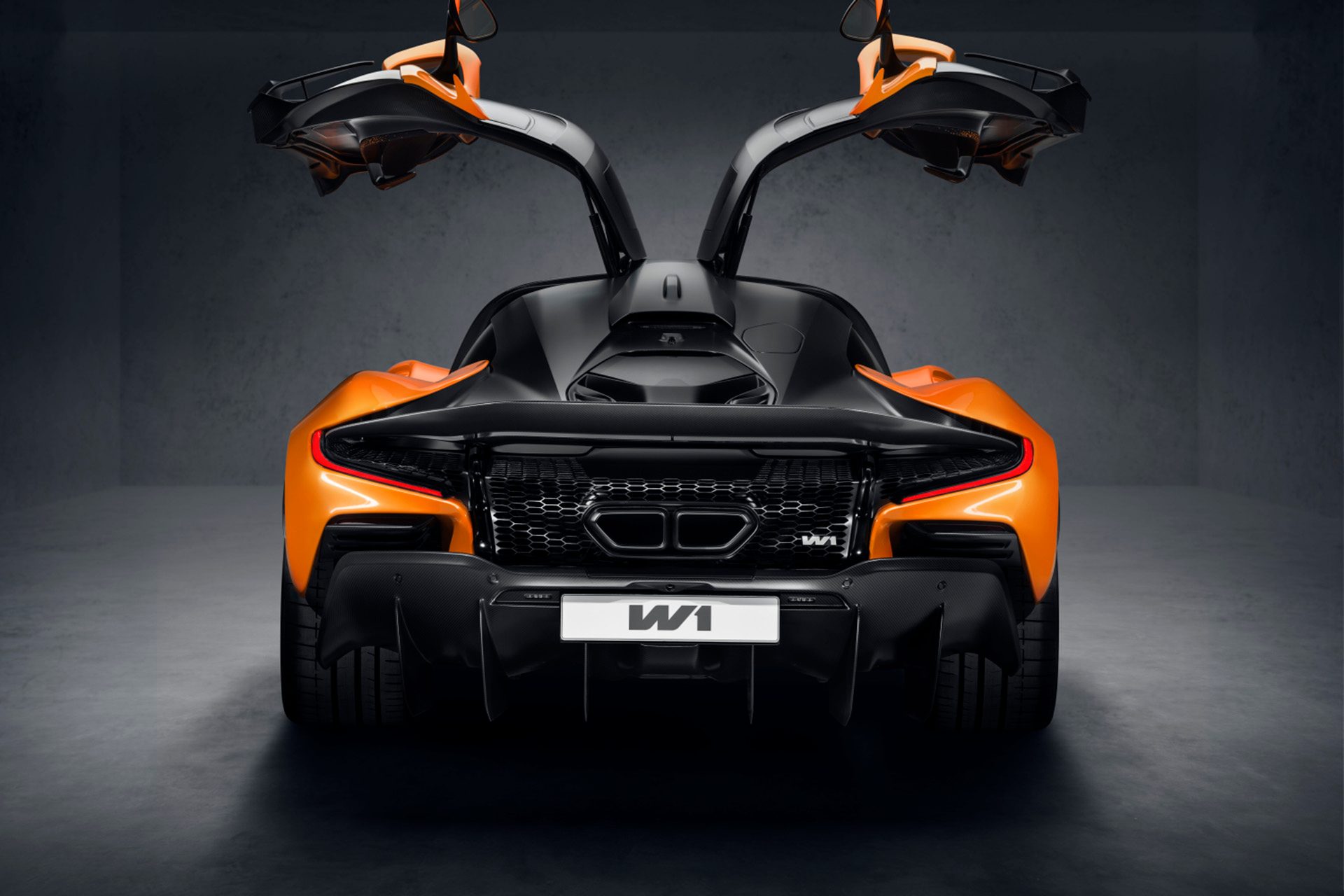
In road mode, the active front wing lifts and the Active Long Tail rear wing retracts into the body. Gullwing doors are used instead of dihedral doors for better aeros. Mirrors are set far outboard so as not to interfere with active air management.
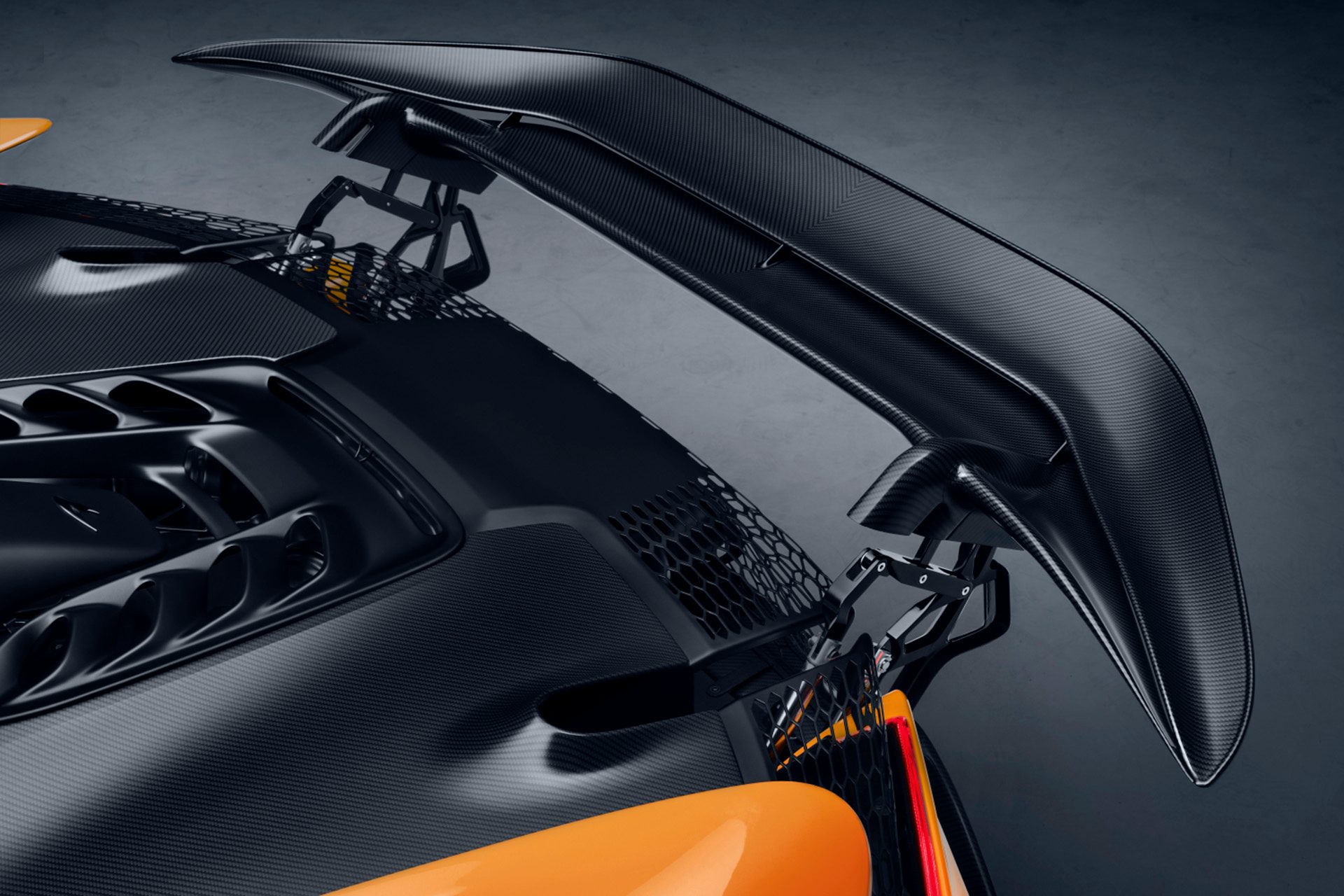
McLaren says a key aspect of the W1 is the ease with which it can be driven in everyday situations. Continuously active double-wishbone suspension is new. It can do both comfortable road driving and rigid track performance. There’s an actual Comfort mode, along with Sport, Race and Race+. The latter two enhance stability on track. Pushrods work with inboard dampers at the front to channel airflow, while outboard springs and dampers are used at the rear.
Titanium and 3D printing are employed for suspension components to save more weight.
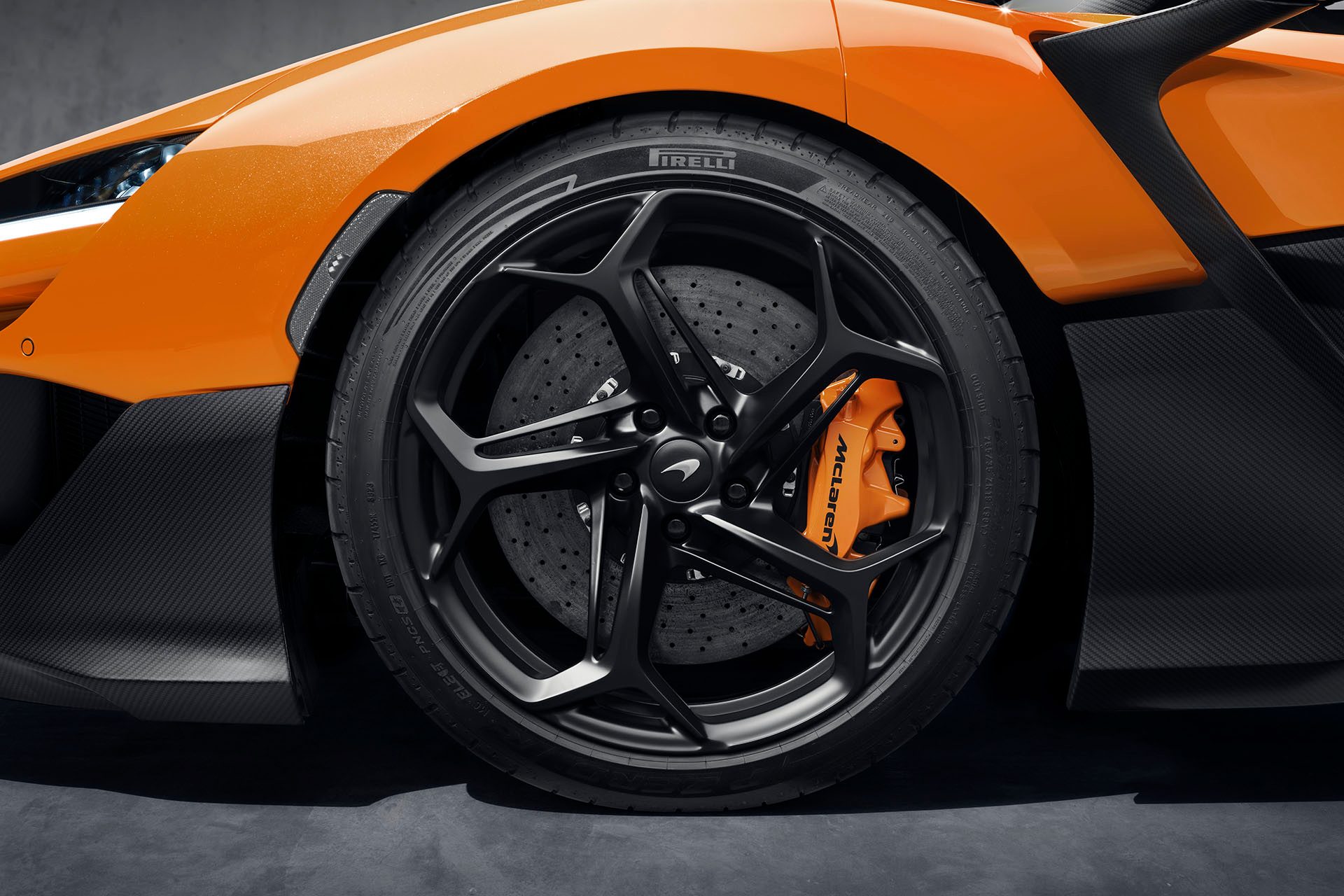
McLaren retains hydraulic steering for the W1. Brakes are carbon ceramic race items. The firm claims a 100-0 stopping distance of 29m. Bespoke tyres from Pirelli ground the W1, P Zero Trofeo RS rubber. Alloy wheels are made from magnesium.
The W1 is 4635mm long, 2074mm wide and 1182mm tall, with a wheelbase of 2680mm, so it is slightly bigger than a P1. The central Aerocell carbonfibre monocoque integrates the two seats for the cabin and permits a shorter wheelbase. Its 1399kg dry weight is similar to the P1’s. The design is considered an evolution of the Senna’s, though has commonality with the 750S supercar as well.
The Brit claims “unmatched supercar ergonomics and best-in-class visibility”. Ingress and egress as said to be relatively civilised, as is the engine noise when called for.
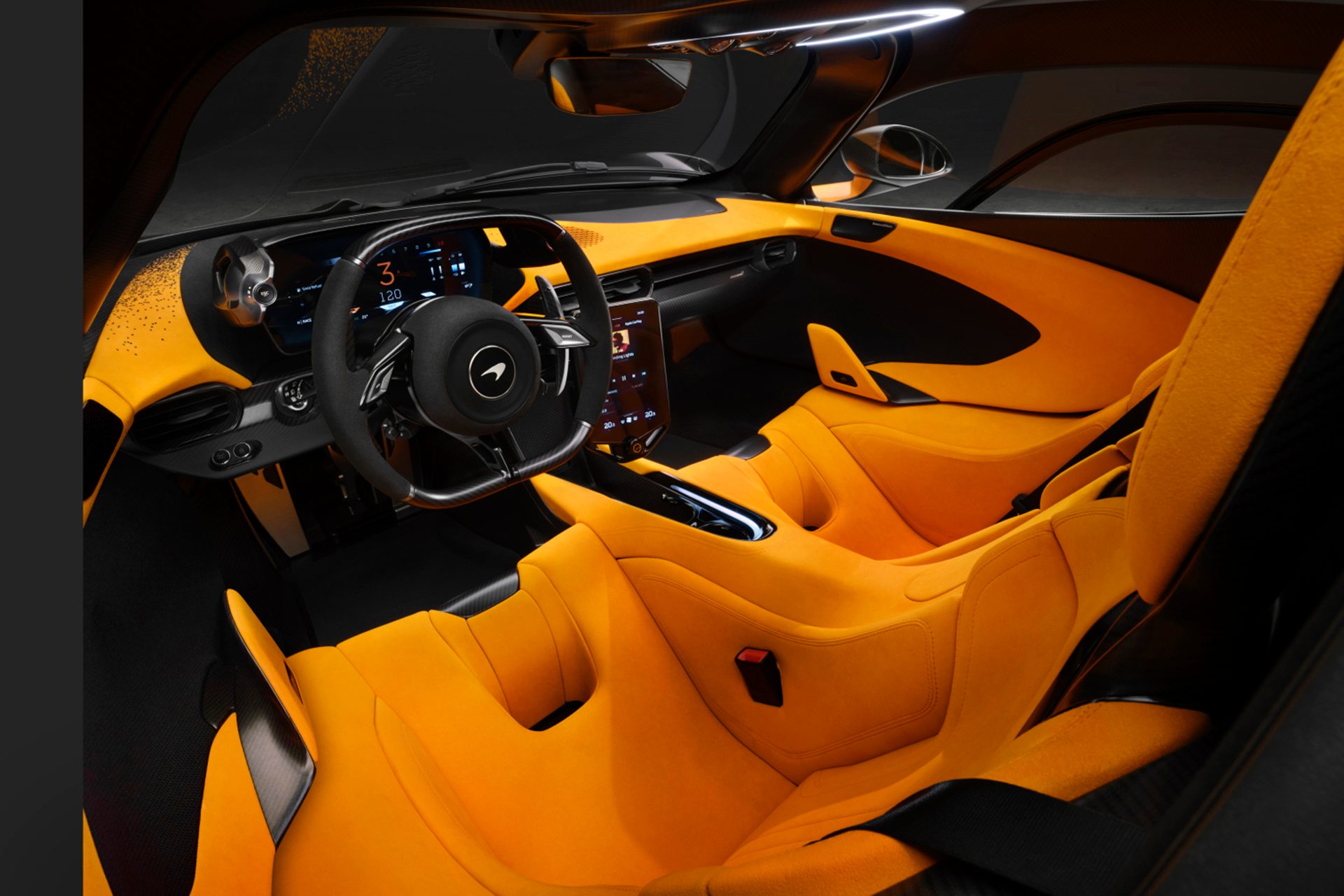
The pedals, steering wheel and primary controls are adjustable because the seats are fixed. Its steering wheel is smaller than a typical McLaren’s and features shift lights to indicate when an upshift is required.
An eight-inch central touchscreen runs Apple CarPlay only. There is storage for two-weekend bags/helmets behind the rear seats while there is also a central storage area.
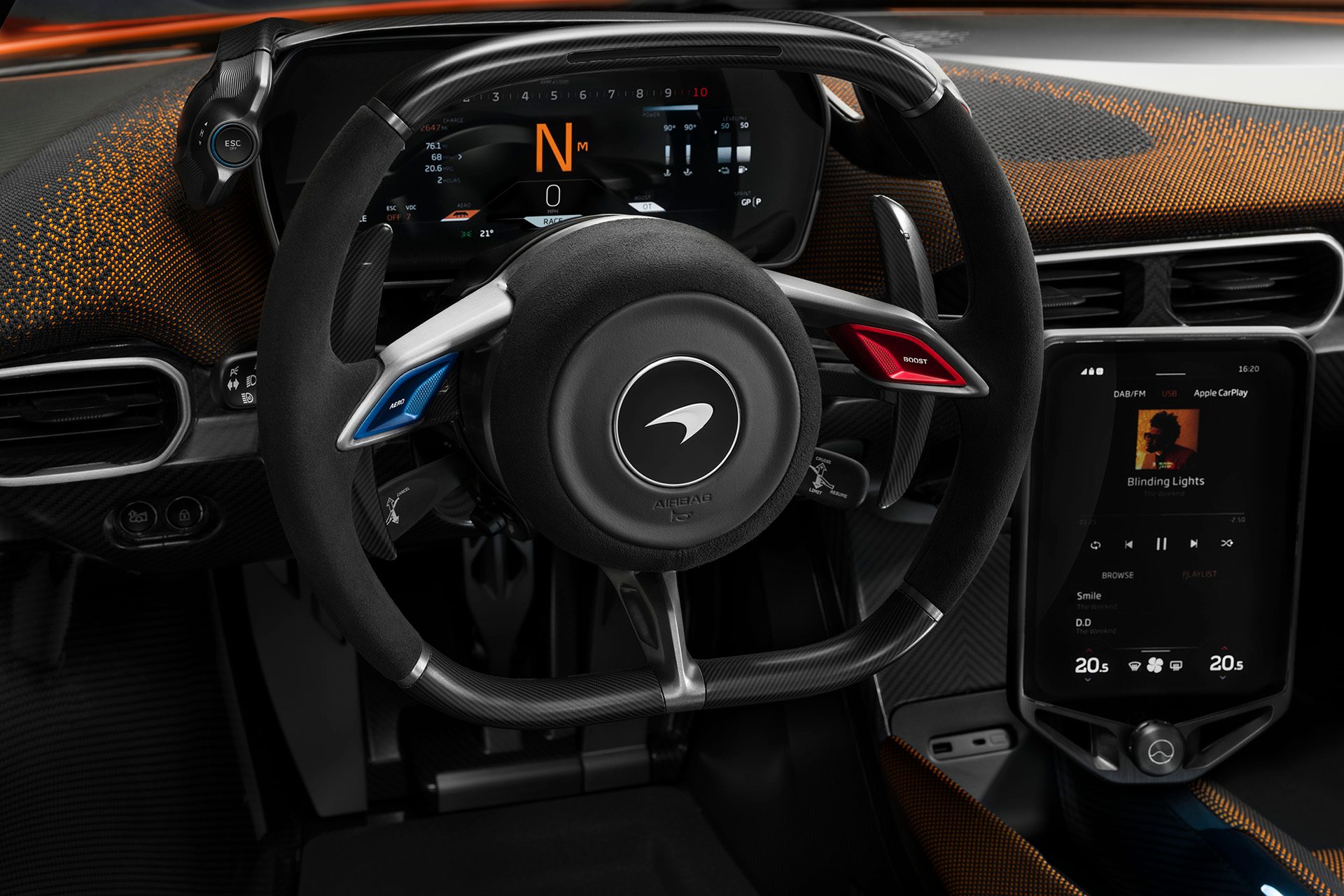
Production of the limited run W1 starts in Woking in 2026. A four-year service plan is included with the car which requires 12-month service intervals, unusual for a machine with a track focus.
